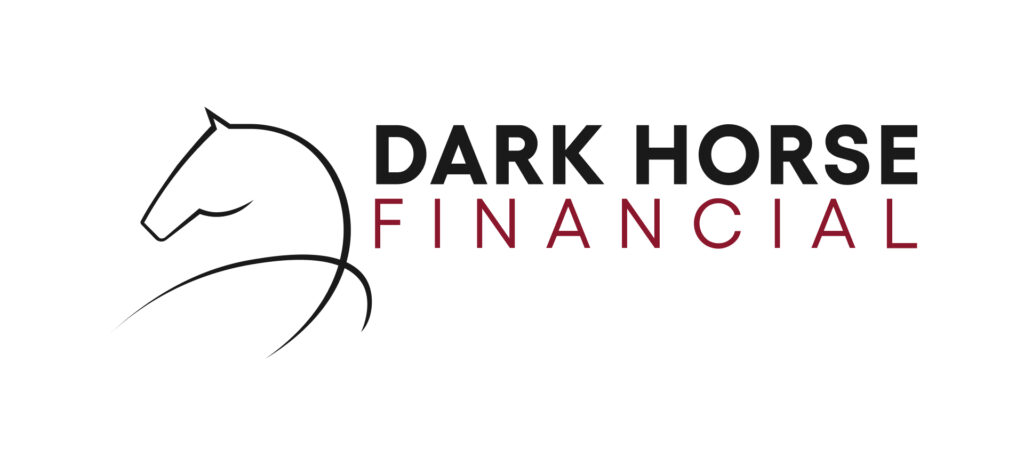Key Takeaways
- Debt recycling is a strategy where you convert non-deductible home loan debt into tax-deductible investment debt, reducing taxable income and potentially growing wealth.
- Debt recycling works by paying off your home loan debt and increasing your equity. Then, you borrow the same amount against the equity of your home.
- You then use the borrowed amount for income-generating investments. You have now recycled the non-deductible debt to deductible debt.
- Investing in assets like shares or property can generate income and capital growth, potentially building wealth faster than simply paying off a mortgage.
- Investments you can make as part of your debt recycling strategy include shares, investment properties, managed funds, ETFs, and fixed-income investments.
- You can use a debt recycling calculator to analyse your potential tax savings, investment returns, and overall financial impact of debt recycling.
- Success with debt recycling requires ongoing review and adjustment of your investment strategy.
- Consulting a financial expert can help tailor debt recycling to your unique financial goals and circumstances.
Debt recycling is a powerful financial strategy that can help Australians maximise their wealth while minimising their tax liabilities. This strategy is particularly appealing to those who have a mortgage and are looking to invest in assets that can generate income or appreciate in value over time. What investments should you go after? Let’s explore what debt recycling is and the investments you can go after as part of your debt recycling strategy.
Why Debt Recycling?
Debt recycling is a strategy that allows you to convert non-deductible debt (like your home loan) into deductible debt (like an investment loan). The idea is to use the equity in your home to invest in income-generating assets, turning your mortgage into a tax-deductible expense. This can significantly reduce your overall tax burden while potentially increasing your wealth.
Key Benefits of Debt Recycling
- Tax Efficiency: By converting non-deductible debt into deductible debt, you can reduce your taxable income. This is because the interest on the loan used to purchase income-generating assets is tax-deductible.
- Wealth Accumulation: Debt recycling allows you to invest in assets that can appreciate over time, such as shares, property, or managed funds. This can help you build wealth faster than simply paying off your mortgage.
- Leverage Equity: By using the equity in your home, you can leverage your existing assets to invest in new opportunities. You’re getting more out of your home loan than if you’re simply paying it off.

The Debt Recycling Process
Here’s a step-by-step guide on how the debt recycling process works:
- Pay Down Your Home Loan: The first step is to pay down your home loan with money from your savings, offset account, or other sources. For this example, let’s say you’re paying $50,000 on your mortgage.
- Borrow The Same Amount: Once you’ve paid down your mortgage, you can borrow the same amount ($50,000) against the equity in your home. These funds will be used to invest in income-generating assets.
- Invest in Income-Generating Assets: Use the funds to invest in assets that generate income, such as shares, property, or managed funds.
- Claim Tax Deductions: The interest on the loan used to purchase the income-generating assets is tax-deductible. This reduces your taxable income, thereby lowering your overall tax liability. Basically, you have now “recycled” a portion of the non-deductible home loan to a deductible investment loan.
- Repeat The Process: As you earn from your investments and save on your taxes, you can gather funds once more to repeat the process. Pay off your home loan and borrow the same amount against the equity of your home. Then, use the funds for income-generating assets.
- Monitor and Adjust: Regularly monitor your investments and adjust your strategy as needed. This may involve rebalancing your portfolio, reinvesting income, or paying down your mortgage faster.

Best Investments for Debt Recycling
The best investments for debt recycling are those that generate consistent income, have the potential for capital growth, and are within your risk profile. It’s our recommendation you should always consult a financial advisor before determining your investment selections. Here are some of the options for Australian investors:
1. Shares
Investing in shares is one of the most popular options for debt recycling. The Australian stock market offers a wide range of opportunities, from blue-chip companies to emerging growth stocks. Shares can provide both income (through dividends) and capital growth.
Why Shares?
- Dividend Income: Many Australian companies pay dividends, which can provide a steady income stream.
- Franking Credits: Australian dividends often come with franking credits, which can reduce your tax liability.
- Liquidity: Shares are highly liquid, meaning you can easily buy and sell them as needed.
Potential Risks
- The stock market can be volatile, and there’s always the risk of losing money if share prices fall.
2. Property Investment
Property is another popular investment option for debt recycling. Whether it’s residential, commercial, or industrial property, real estate can provide both rental income and capital growth.
Why Property Investment?
- Rental Income: Properties can generate a steady rental income, which can be used to pay down your mortgage or reinvest.
- Capital Growth: Over time, property values tend to increase, providing potential for capital growth.
- Tax Benefits: Expenses related to your investment property, such as interest on the loan, maintenance, and depreciation, are tax-deductible.
Potential Risks
Property is less liquid than shares, and there’s always the risk of vacancies or property value declines.
3. Managed Funds
Managed funds pool money from multiple investors to invest in a diversified portfolio of assets. These funds are managed by professional fund managers who make investment decisions on behalf of the investors.
Why Managed Funds?
- Diversification: Managed funds offer instant diversification, reducing the risk associated with investing in a single asset.
- Professional Management: Fund managers have the expertise to make informed investment decisions, potentially leading to better returns.
- Income and Growth: Managed funds can provide both income (through distributions) and capital growth.
Potential Risks
Managed funds come with management fees, which can eat into your returns. There’s also the risk of underperformance compared to the market.
4. Exchange-Traded Funds (ETFs)
ETFs are similar to managed funds but are traded on the stock exchange like shares. They offer a cost-effective way to invest in a diversified portfolio of assets.
Why ETFs?
- Low Cost: ETFs typically have lower management fees compared to managed funds.
- Diversification: Like managed funds, ETFs offer instant diversification.
- Liquidity: ETFs can be bought and sold on the stock exchange, providing liquidity.
Potential Risks
While ETFs are generally low-cost, they are still subject to market risk.
5. Fixed Income Investments
Fixed-income investments, such as bonds or term deposits, provide a steady income stream with relatively low risk. These investments are ideal for conservative investors who prioritise income over capital growth.
Why Fixed Income Investments?
- Stable Income: Fixed income investments provide a predictable income stream, which can be used to pay down your mortgage or reinvest.
- Low Risk: Compared to shares or property, fixed-income investments are generally lower risk.
- Diversification: Adding fixed-income investments to your portfolio can reduce overall risk.
Potential Risks
The returns on fixed-income investments are typically lower than those of shares or property. There’s also the risk of inflation eroding the value of your returns.

Using a Debt Recycle Calculator
A debt recycle calculator is an essential tool for anyone considering debt recycling.
How to Use a Debt Recycle Calculator:
- Input Your Financial Details: Start by entering your income, current mortgage balance, and interest rate.
- Specify Your Investment Details: Enter the amount you plan to invest, dividend return rate, and capital growth rate.
- Analyse the Results: The calculator will provide a breakdown of the potential tax savings, the impact on your mortgage, and the overall return on your investment.
- Adjust Your Strategy: Based on the results, you can adjust your investment strategy to maximise your returns and minimise your risks.
Important Disclaimer: The debt recycling calculator is for illustrative purposes only. It’s important to remember that the calculator provides estimates and are based on certain assumptions. The calculator does not take into account your circumstances and actual results can and will vary, depending on changes in interest rates, investment returns, and market conditions. The calculator should not be applied to your circumstances or relied upon for any purpose.
Final Thoughts
Debt recycling is a powerful financial strategy that can help Australians maximise their wealth while minimising their tax liabilities. By converting non-deductible debt into deductible debt, you can invest in income-generating assets that provide both income and capital growth. The best investments for debt recycling include shares, property, managed funds, ETFs, and fixed-income investments.
Using a debt recycling calculator can help you understand the potential benefits and risks of debt recycling, allowing you to make informed decisions about your financial future. Whether you’re a seasoned investor or just starting out, debt recycling can be a valuable tool in your financial arsenal.
Start Debt Recycling Today
Get an expert in lending and investments to help you start your debt-recycling journey today. We at Dark Horse Financial can help you navigate the process and utilise the strategy for maximum returns. Contact us today to learn more about how we can help.
Disclaimer: The information provided in this article is for general informational purposes only and does not constitute legal, financial, tax, investment, or any other form of professional advice. It is not intended to be, and should not be relied upon as, a substitute for tailored advice from a qualified professional who is aware of the facts and circumstances of your individual situation. Readers should seek independent advice before making any financial or investment decisions.





